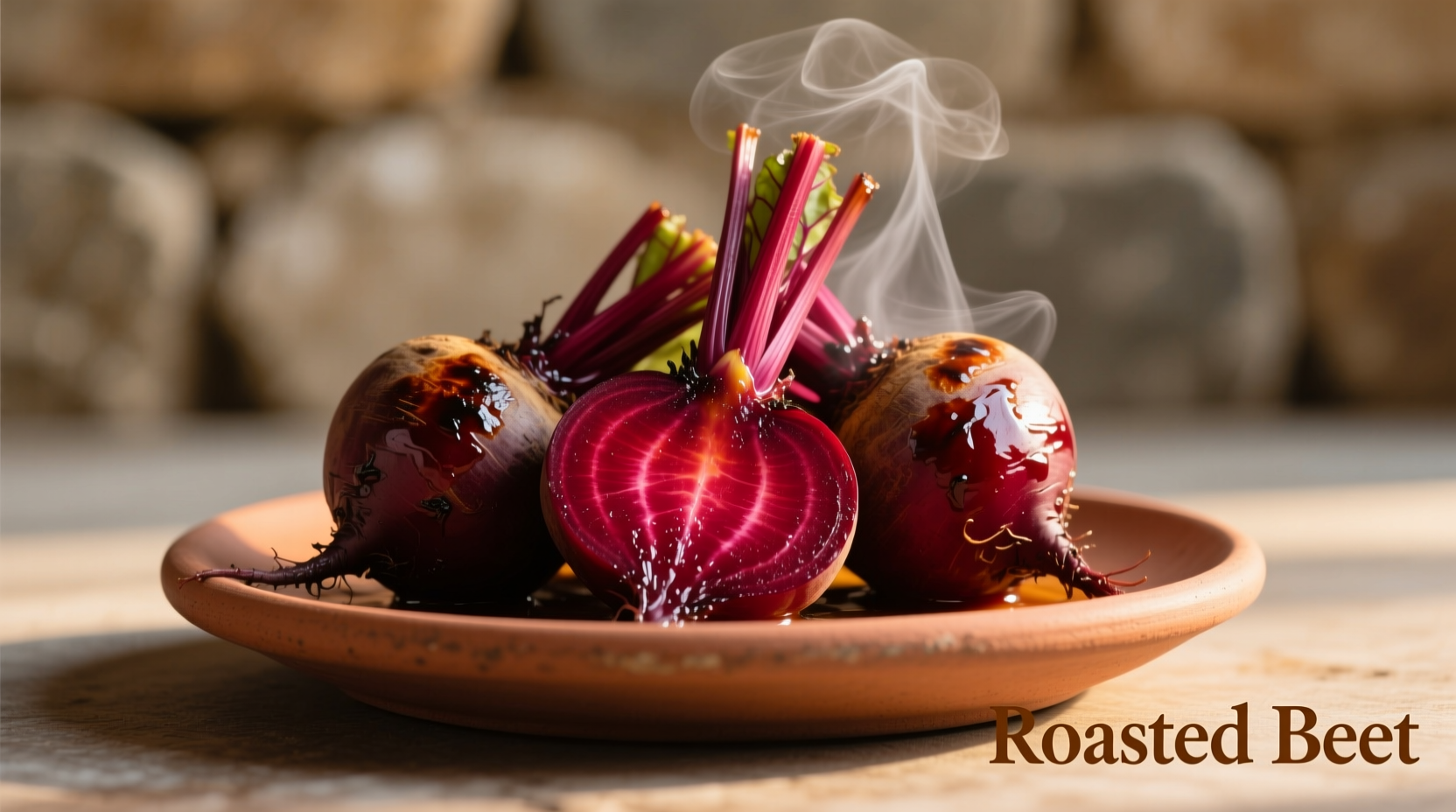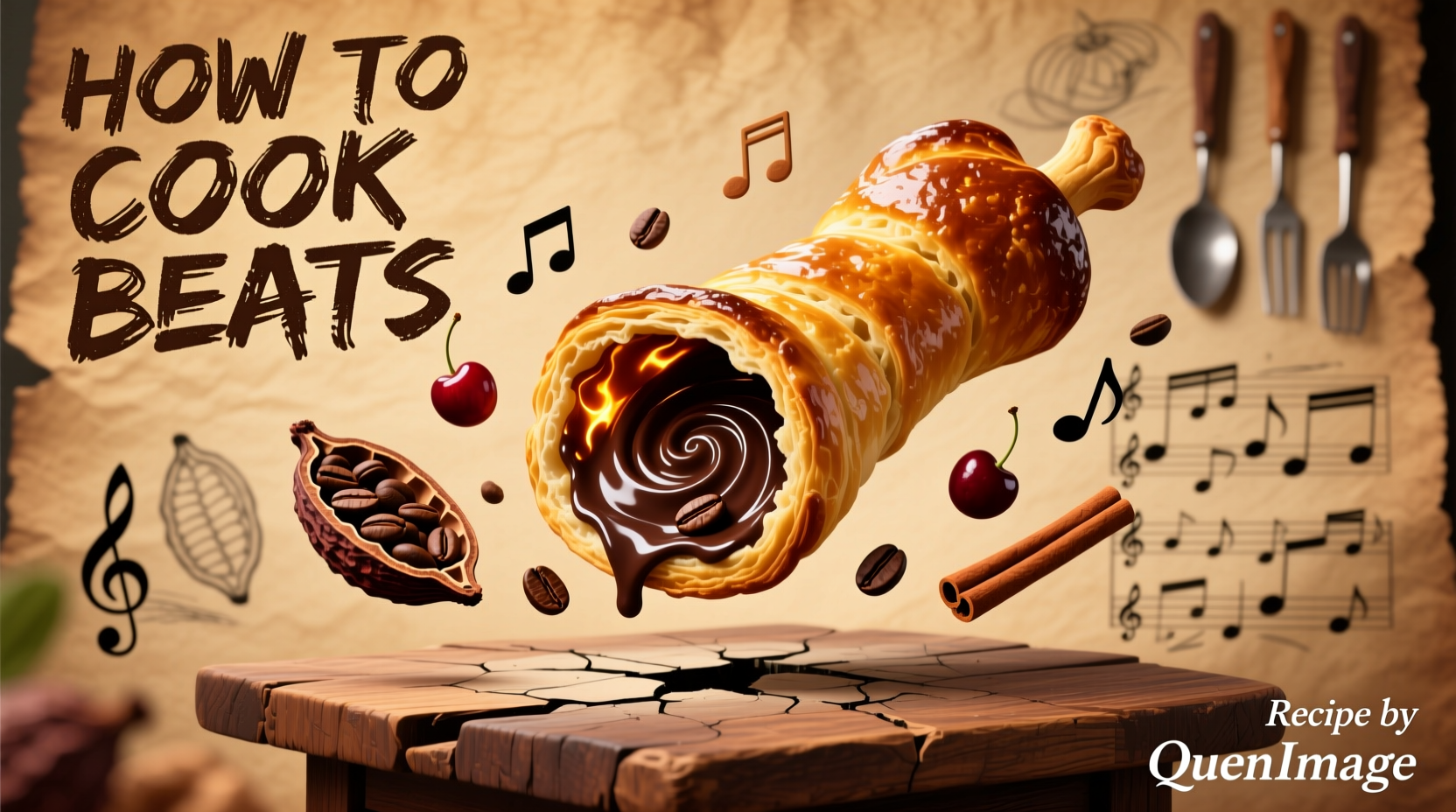Understanding Beet Cooking Fundamentals
Beets often frustrate home cooks with their stubborn texture, messy preparation, and inconsistent results. The secret lies in understanding how heat affects beet pigments and structure. Betalains—the compounds responsible for beets' vibrant color—remain stable below 140°F (60°C) but degrade rapidly above 185°F (85°C). This explains why boiling often produces faded, watery results while gentle roasting preserves both color and earthy-sweet flavor.
According to USDA research, properly cooked beets retain up to 25% more nutrients than overcooked versions. The ideal internal temperature for perfect texture is 183-185°F (84-85°C)—just below the point where cell walls rupture and cause color bleeding.
Choosing Your Cooking Method: Science-Based Comparison
Each cooking technique affects beets differently. Consider your priorities before selecting a method:
| Method | Time Required | Texture Result | Color Retention | Best For |
|---|---|---|---|---|
| Roasting | 45-75 min | Firm yet tender | Excellent | Salads, standalone dishes |
| Steaming | 25-40 min | Uniform tenderness | Very Good | Soups, purees |
| Pressure Cooking | 15-22 min | Slightly softer | Good | Quick meals, meal prep |
| Boiling | 35-55 min | Variable | Poor | Traditional preparations |
The Foolproof Roasting Method (Chef-Approved)
Professional chefs consistently prefer roasting for its superior flavor development and color preservation. Here's the exact technique:
- Preparation: Trim tops to 1 inch, scrub thoroughly (don't peel), and dry completely
- Acid Bath: Toss in bowl with 1 tbsp vinegar per pound of beets (preserves color)
- Wrapping: Individually wrap each beet in heavy-duty foil with 1 tsp water
- Cooking: Roast at 375°F (190°C) for 45-75 minutes (depending on size)
- Doneness Test: Insert skewer—should meet slight resistance then slide easily

Post-Cooking Techniques That Make All the Difference
The real magic happens after cooking. Follow these professional tips:
- Peeling without stains: Cool beets slightly, then rub with paper towel—skin slips off cleanly
- Color preservation: Immediately toss cooked beets in citrus juice (1 lemon per 2 lbs)
- Slicing without bleeding: Use ceramic or plastic knife (metal reacts with pigments)
- Flavor enhancement: Let rest 10 minutes before serving to allow flavors to concentrate
Troubleshooting Common Beet Problems
Even with proper technique, issues can arise. Here's how to fix them:
Problem: Beets are still hard after recommended time
Solution: Return to oven and check every 10 minutes. Size variation is common—larger beets may need 20+ extra minutes.
Problem: Excessive color bleeding during cooking
Solution: You likely exceeded 185°F. Next time, reduce oven temperature by 25°F and wrap more securely.
Problem: Earthy flavor is too strong
Solution: Roast with complementary flavors—add orange slices and thyme to the foil packet.
Seasonal Application Ideas
Adapt your cooked beets to current seasons for maximum flavor impact:
- Spring: Shave thinly with goat cheese, pistachios, and lemon vinaigrette
- Summer: Cube and mix with watermelon, feta, and mint for a refreshing salad
- Fall: Roast with apples, walnuts, and balsamic reduction
- Winter: Puree with ginger and orange for a vibrant soup
Storage and Reheating Guidelines
Properly stored cooked beets maintain quality for up to 5 days. Follow these science-based storage methods:
- Refrigeration: Store in airtight container with 1 tbsp vinegar to maintain pH
- Freezing: Blanch cooked beets for 2 minutes before freezing to preserve texture
- Reheating: Steam gently for 3-5 minutes—never microwave (causes rapid color degradation)











 浙公网安备
33010002000092号
浙公网安备
33010002000092号 浙B2-20120091-4
浙B2-20120091-4